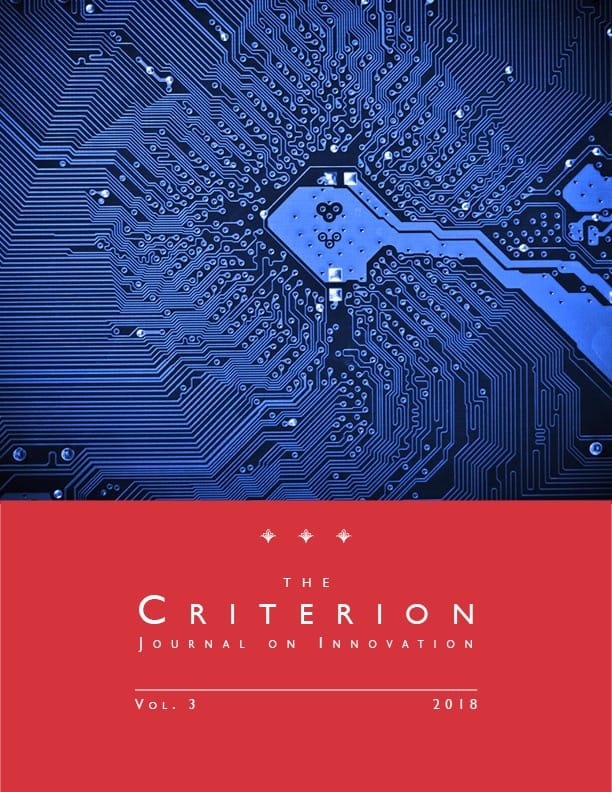Hedonic Prices, Patent Royalties, and the Theory of Value and Distribution: A Comment on Sidak and Skog
Purchase a reprint version of the Article (Amazon) | Read the Article (PDF) | Download the Article (PDF) Download the Article (PDF)In Hedonic Prices and Patent Royalties, J. Gregory Sidak and Jeremy O. Skog use a hedonic regression to estimate the incremental cumulative value of a bundle of standard-essential patents (SEPs) that define Joint Electron Devices Engineering Council’s (JEDEC’s) load-reduced dual-inline memory module (LRDIMM) standard. They then apportion the estimated cumulative value pro rata to the adjusted number of forward citations received by each SEP.
Behind Sidak’s and Skog’s hedonic price approach is an explicit and well-established theory of value: in a market’s equilibrium, differential prices of modules embedding different technologies are equal to consumers’ differential willingness to pay at the margin. Therefore, one can use observed price differences to estimate the value of the underlying technologies.
Sidak and Skog make an important contribution, because they link technology valuation with actual and observable market transactions and prices. This sets them apart from authors that argue that courts should compare the new technology with a hypothetical technology that never existed and was seemingly discarded by the standard-setting organization (SSO). In such a hypothetical exercise there would not be any role for economics or economists. Engineers or technologists would debate hypothetical alternatives to the real world. Moreover, theories that are directly linked with observable data are testable. By contrast, theories that rest on hypotheticals that never came to be are seldom testable and should be neither a guide to policy nor to royalty determination. Last, the hedonic method imposes a quantitative benchmark and reality check on any valuation method that courts may use.
At the same time, Sidak and Skog stop short of providing a theory of the supply side of the market. For this reason, though their apportionment method is a practical answer to an important question, circumscribed by both judicially created doctrine and the Federal Rules of Evidence, it is not a theory of distribution that can reliably estimate how much a patent holder and other factors of production would receive in a market’s equilibrium. In that sense, their method is still a work in progress.

Cite as
Alexander Galetovic, Hedonic Prices, Patent Royalties, and the Theory of Value and Distribution: A Comment on Sidak and Skog, 3 Criterion J. on Innovation 59 (2018).
